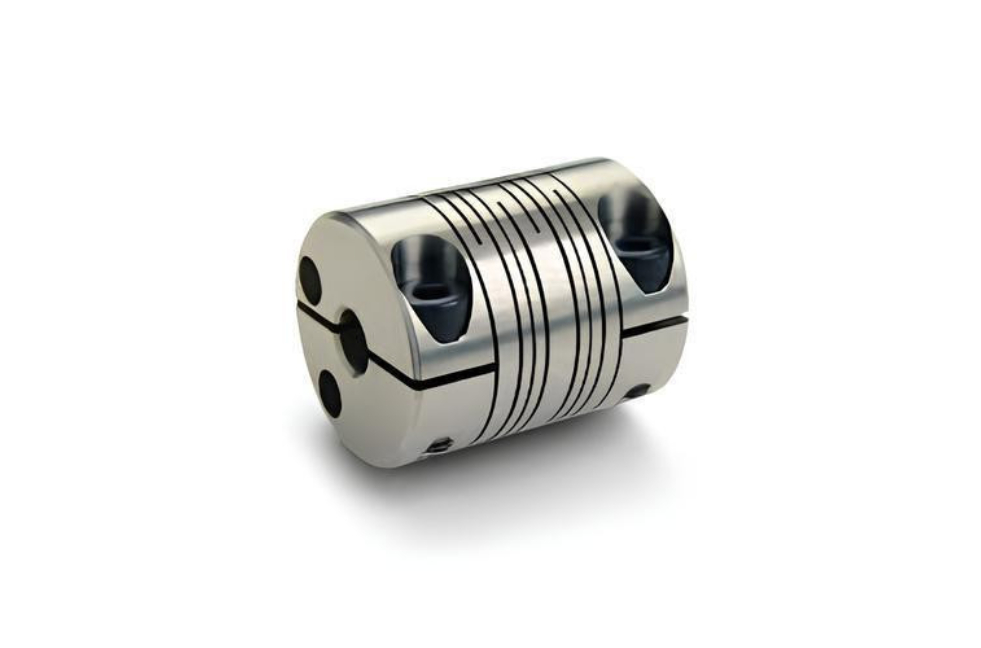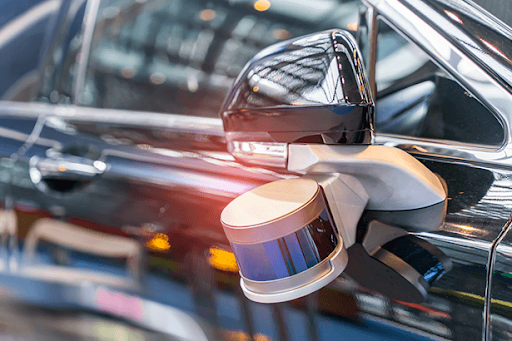
Robust Components Power Future Autonomous Cars

In the not-so-distant future, we will be able to hail a driverless taxi or shared autonomous vehicle with a smartphone. This new mobility promises convenience and independence from fixed bus or train schedules. But behind the scenes, achieving safe autonomy requires more than advanced AI algorithms – it demands highly reliable components and systems. Every autonomous car must be built with automotive-grade motors, bearings, sensors, and controls that work flawlessly under harsh conditions. Redundant mechanisms are often included so that if one component fails, a backup can immediately take over, ensuring passenger safety. At Pacific International Bearing Sales (PIB), we recognize that behind every safe driverless ride is an array of precision parts working seamlessly together.
Driverless cars come outfitted with a multitude of sensors and embedded processing units that essentially act as the vehicle’s “brain.” These sensors provide the car with information about its surroundings, which the onboard computer must analyze in real-time to make steering and braking decisions. Any delay or error could have serious consequences, so real-time processing and robust components are absolutely critical. One of the most important sensors used in autonomous cars is LiDAR, which stands for Light Detection and Ranging. Think of LiDAR as the eyes of the vehicle – it uses laser beams to measure distances and create a detailed 3D map of everything around the car. Many automakers and tech companies consider LiDAR essential for autonomous cars to meet the highest safety requirements. This sensor’s ability to “see” the environment in all directions gives the vehicle the data it needs to identify obstacles, lane markings, pedestrians, and more, even in low-light conditions.
Design Wins for Mechanical LiDAR
Two main types of Lidar exist today, mechanical and solid state, with each offering distinct advantages and drawbacks. Solid state Lidar is built on a chip with no moving parts, and is capable of either single flash or phased array transmission. While this design can be more cost effective and reliable, the technology is still in it’s infancy and cannot yet produce the resolution and range needed for autonomous driving.
Within the mechanical category, it is possible to segment further by the type of mechanism used to drive the motion. Traditional scanning involves mechanically rotating the system, and typically results in a long-range, 360 degree field-of-view (FOV). Microelectromechanical-based (MEMS) lidar uses an actuator to drive a tiny mirror which steers the laser beam. The downside to Lidar with moving components is their often bulky size and potential mechanical failure points.
According to Yole Development, traditional mechanical scanning Lidar accounts for 69% of new design wins. It seems, for the time being, that OEMs view mechanical Lidar as the most reliable and robust solution for ADAS and next generation autonomous vehicles.
This preference is also reflected in how component suppliers are gearing up to support LiDAR technology. MinebeaMitsumi – a global leader in precision motors and mechanical components – is deeply involved in LiDAR development. For example, MinebeaMitsumi supplies high-performance brushless DC (BLDC) motors for spinning LiDAR scanners, providing the rotation speeds needed for accurate 3D mapping.
The company is even developing an innovative Limited Angle Torque Motor (LATM) for LiDAR systems, based on a unique magnetic circuit design, to oscillate a LiDAR mirror at high speed with extreme precision. These advancements in actuation mechanisms aim to improve LiDAR’s performance while maintaining reliability. As mechanical LiDAR units continue to be refined, engineers are addressing size and durability issues by using better materials, robust bearings, and sealing to protect internal parts. Given the current state of the art, mechanical LiDAR – enhanced by high-quality motors and components – is enabling autonomous vehicles to have a trustworthy, long-range vision of the road ahead.
Originally published at Robust Components Power Future Autonomous Cars
Conclusion
Autonomous vehicles – once a far-fetched concept – are rapidly becoming reality, thanks to the robust, high-tech components that power their every function. By combining advanced sensors with high-performance electromechanical systems, these cars can perceive their environment and respond safely in real time. Precision components like LiDAR units, efficient electric motors, reliable bearings, and intelligent motor controllers form the backbone of autonomous and electric vehicle platforms. MinebeaMitsumi’s expertise in miniaturized motors, sensors, and mechatronic solutions provides a strong foundation for many of these innovations, ensuring that even complex tasks (like continuously scanning the surroundings or controlling a vehicle’s trajectory) can be executed with utmost reliability. In summary, leveraging automotive-grade motion components and sensors is key to achieving the level of safety, accuracy, and durability that modern autonomous vehicles demand.
Beyond the automotive world, the same pursuit of precision and reliability is yielding impressive technologies in robotics. MinebeaMitsumi’s closed-loop stepping servo system for collaborative robot grippers is a great example. This innovative gripper (pictured above) uses a hybrid stepping motor paired with a patent-pending spiral cam drive and is supported by high-precision NMB ball bearings. An integrated ST-Box controller provides feedback control, turning the system into a closed-loop stepper, so the gripper fingers move exactly as commanded with no missed steps. The gripper can precisely adjust its force and speed, detect when it has picked up an object, and even adapt its grip width to the object’s size – all while maintaining repeatable accuracy. Users can program multiple gripping modes and easily integrate the unit with industrial robots or PLCs. This technology showcases the versatility of advanced motion solutions: the same principles of feedback control and precision that make a robot gripper dependable can also be applied to automotive systems. Whether it’s a robot handling delicate lab samples or an autonomous car navigating a busy street, success hinges on quality components delivering trustworthy performance.At Pacific International Bearing Sales (PIB), we are proud to collaborate with leading manufacturers like MinebeaMitsumi to bring these state-of-the-art motion solutions to our clients. Our mission is to support engineers and designers in the autonomous and electric vehicle industry with the highest-quality components and expert design assistance. If your organization is working on autonomous driving technology, electric drivetrains, or any demanding motion control application, our team is here to help. Contact us today at [email protected] to discuss your project needs, request technical details, or get guidance on selecting the right motors, sensors, bearings, and electromechanical subassemblies for your system. We offer sourcing of proven components and consultation on custom designs – so you can innovate with confidence, knowing the critical building blocks of your vehicle are engineered for success.
FAQ
Q: Why are high-reliability components so important for autonomous vehicles?
A: Autonomous vehicles operate without human intervention, so there’s no safety net if something goes wrong – the components must not fail. Every sensor reading and every actuator movement directly affects passenger safety. High-reliability components are designed to work correctly under extreme conditions (heat, cold, vibration, electrical noise) for the lifetime of the vehicle. Engineers also build in redundancy for critical systems: for example, multiple sensor types (LiDAR, radar, camera) all cross-check each other, and duplicate actuators or backup circuits can take over if the primary one fails. By using automotive-grade parts that have passed rigorous testing, manufacturers ensure that the likelihood of a dangerous component failure is vanishingly low. In short, reliable components and redundant system design are absolutely essential to make driverless cars safe and trustworthy.
Q: How does LiDAR work to help autonomous cars “see”?
A: LiDAR (Light Detection and Ranging) is a remote-sensing method that uses laser beams to measure distance. A LiDAR unit rapidly emits pulses of laser light (often tens or hundreds of thousands of pulses per second) in various directions. When these pulses hit an object – say, a pedestrian or a wall – they reflect back to the LiDAR sensor. The system precisely times how long each pulse takes to return. Because light travels at a constant speed, the round-trip time is used to calculate the distance to that object. By sweeping the laser across the environment and measuring millions of points, LiDAR builds a dense three-dimensional “point cloud” map of the surroundings. In an autonomous car, this 3D map is updated in real time, providing a constantly refreshing view of where obstacles, lanes, and other vehicles are. LiDAR is valued for its accuracy and resolution: it can detect small objects and provide exact distance information, which complements other sensors like cameras (which excel at color and texture) and radar (which excels at measuring speed and seeing through rain). Essentially, LiDAR gives the vehicle a pair of laser-based eyes, allowing it to navigate safely by knowing the exact shape of the road ahead.
Q: What is the difference between mechanical and solid-state LiDAR?
A: The difference lies in whether there are moving parts. Mechanical LiDAR uses moving components – typically a rotating mirror or turret – to scan the laser around the environment. For example, a popular mechanical design is a spinning rooftop sensor that continuously rotates 360°, sending out laser pulses in all directions. This gives full coverage and usually long range, but involves motors, bearings, and other moving parts in the sensor. Solid-state LiDAR, by contrast, has no conventional moving parts. It might use a stationary array of tiny lasers and receivers (sometimes using a technique called phased arrays) or a flash method that illuminates the whole scene at once. Solid-state units can be made smaller and potentially cheaper and more robust (no moving parts to wear out). However, today’s solid-state LiDARs generally have a limited field of view or lower resolution compared to mechanical types. The technology is rapidly improving, but as of now, many autonomous vehicle developers still favor mechanical LiDAR for the primary sensing because it offers proven performance in range and detail. In summary, mechanical LiDAR is currently more established for high-performance needs (with the downside of being larger and containing moving parts), while solid-state LiDAR is an emerging alternative aiming to be more compact and eventually as capable.
Q: What is a “closed-loop” stepping servo system?
A: A closed-loop stepping servo system is a motion control system that combines a stepper motor with feedback control to achieve servo-like performance. In a normal stepper motor setup (open-loop), the motor moves a specific increment (step) each time it receives a pulse command, but the system doesn’t verify if the movement actually happened. In a closed-loop configuration, the stepper motor is equipped with a sensor (such as an encoder) that continuously monitors the motor’s position and sends that information back to a controller. The controller compares the actual position with the commanded position in real time. If any discrepancy is detected (for example, if the motor misses a step due to a heavy load), the controller can instantly correct it by issuing additional pulses or adjusting torque. This way, the system achieves the best of both worlds: the precision and simplicity of a stepper motor (which inherently moves in fine, repeatable steps) and the reliability of a servo system with feedback. The result is that the motor will not “lose steps” or fall out of sync, even if the load or conditions change. MinebeaMitsumi’s closed-loop stepping servo gripper is a practical example – its built-in feedback ensures the gripper fingers move exactly as commanded with no missed positions. For engineers, closed-loop steppers are often easier to set up than traditional servo motors and controllers, yet they provide similar accuracy and fault correction. This technology is useful not only in robotics but anywhere you need precise control without the risk of step loss.
Q: Where are precision bearings used in autonomous and electric vehicles?
A: Precision bearings are used throughout autonomous and electric vehicles, essentially in any rotating or moving part of the mechanism. In the electric drivetrain, bearings support the shafts of electric motors and gearboxes. For instance, the motor that drives an electric car’s wheels will have high-speed bearings to allow the rotor to spin with minimal friction. These motor bearings must handle high RPM, heat, and magnetic forces, all while running quietly and lasting for many thousands of hours. If not of the right quality, the combination of high speeds, loads, and temperatures in an EV motor could cause premature bearing failure. Bearings are also critical in the wheel hubs of both electric and conventional vehicles – they bear the vehicle’s weight and absorb shocks from the road, enabling smooth wheel rotation. In autonomous vehicles, you’ll even find miniature high-precision bearings inside sensors and actuators. For example, a mechanical LiDAR unit typically uses a bearing to stabilize and smooth the rotation of its scanning mirror or turret. Steering mechanisms, electric braking systems, suspension components, and cooling fans all rely on appropriate bearing solutions as well. Each of these applications might use a different type of bearing (ball bearings, roller bearings, etc.), but in all cases, the bearing’s job is to reduce friction between moving parts and support loads reliably. By using high-precision, automotive-grade bearings, manufacturers ensure that these parts run efficiently and withstand the stresses of operation. In summary, from the propulsion system to the smallest sensor, quality bearings are what keep an autonomous or electric vehicle’s moving parts running smoothly and safely.
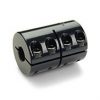
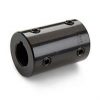
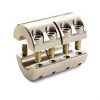
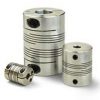
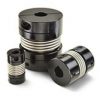
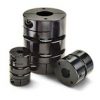
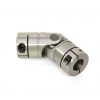
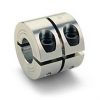 Short Rigid Couplings
Short Rigid Couplings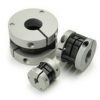 Controlflex Couplings
Controlflex Couplings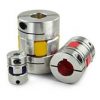 Jaw Couplings
Jaw Couplings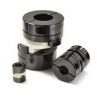 Oldham Couplings
Oldham Couplings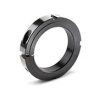 Bearing Locknuts – TCN
Bearing Locknuts – TCN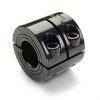 Double Wide Shaft Collars
Double Wide Shaft Collars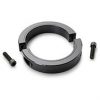 Heavy Duty Shaft Collars
Heavy Duty Shaft Collars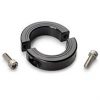 International Series Shaft Collars
International Series Shaft Collars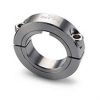 Keyed Shaft Collars
Keyed Shaft Collars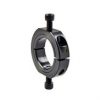 Mountable Shaft Collars
Mountable Shaft Collars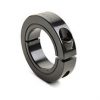 One-Piece Shaft Collars
One-Piece Shaft Collars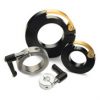 Quick Clamping Shaft Collars
Quick Clamping Shaft Collars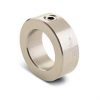 Set Screw Shaft Collars
Set Screw Shaft Collars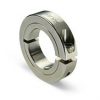 Thin Line Shaft Collars
Thin Line Shaft Collars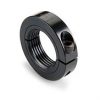 Threaded Shaft Collars – Pacific International Bearing Products
Threaded Shaft Collars – Pacific International Bearing Products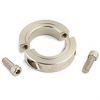 Two-Piece Shaft Collars
Two-Piece Shaft Collars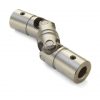 Friction Bearing Universal Joints
Friction Bearing Universal Joints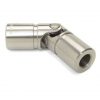 Needle Bearing Universal Joints
Needle Bearing Universal Joints

